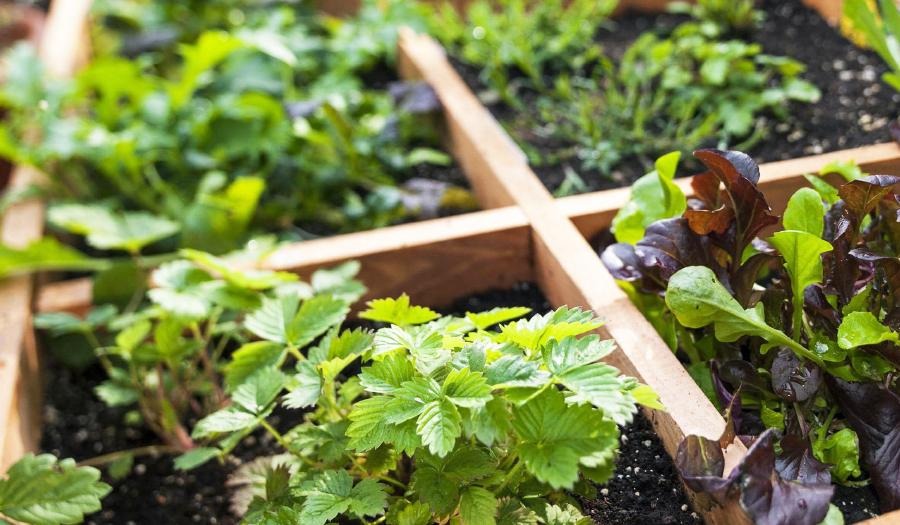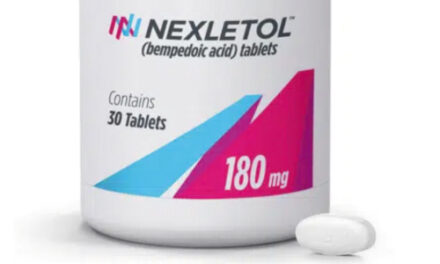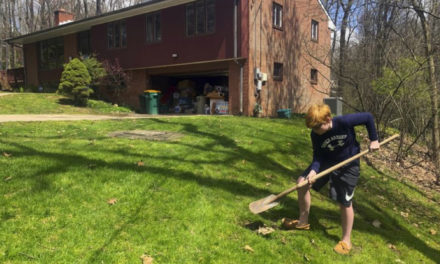By DEAN FOSDICK
(AP) “Sustainable” is one of gardening’s trendiest buzzwords, yet it carries a range of definitions. Just what does it mean in practical terms, and how important is it to the average gardener?
Very important, according to a recent plant trends study by horticulturalists with the University of Florida Institute of Food and Agricultural Sciences (UF/IFAS). It found strong interest in native plants, “re-wilding” gardens, growing edibles, and going easy on wildlife, among other concerns.
“More and more people are supporting sustainability, where the social, environmental and economic factors balance,” said Mark Tancig, a horticulture agent with University of Florida Food and Agricultural Sciences Extension. “That means planting things that don’t require as much water or fertilizer. Using plants that resist disease and insects. Choosing native plants in mixtures that attract wildlife.
“That not only saves you money, but they look good, too,” Tancig said. “They’re restorative to the environment.”
Sustainable isn’t necessarily the same as organic, noted Erica Chernoh, an Oregon State University Extension horticulturist.
“`Organic’ has become legally recognized,” Chernoh said. “Sustainability is more of an open book, combining ecological, sociological and economic factors.”
Ross Penhallegon, a horticulturist emeritus with Oregon State University Extension, said sustainability requires that we all “look at our garden and ask what we can do to reduce carbon imprint, reduce irrigation and use less products.”
Some simple sustainable gardening goals, he noted in a fact sheet, include:
• Starting compost piles rather than throwing away yard debris. “Composting keeps all the nutrients stored in yard debris in your garden on site and feeds the soil,” he said. “It also saves you money since buying compost isn’t necessary.”
• Shifting from standard sprinklers to drip irrigation or soaker hoses. “You can reduce your water use by up to 80 percent,” Penhallegon said. “Also, consider using drought-resistant plants to save water.”
• Lessening pesticide use by planting large seedlings that withstand pests and diseases better than small ones.
• Growing your own food by saving seeds from some of your healthiest plants for use the following year.
• Fighting bugs with Integrated Pest Management, which uses the least toxic methods, minimizing risks to humans, animals, pollinators and other beneficial insects. “If you must use a pesticide, use a low-toxicity one,” Penhallegon said.
Gardeners operate on a smaller scale than farmers but still can have major impacts, Chernoh said.
“They can do that by not over-fertilizing, by eliminating any spraying that isn’t necessary,” she said. “Their size may be unlike farmers’, but their goals are the same.”










